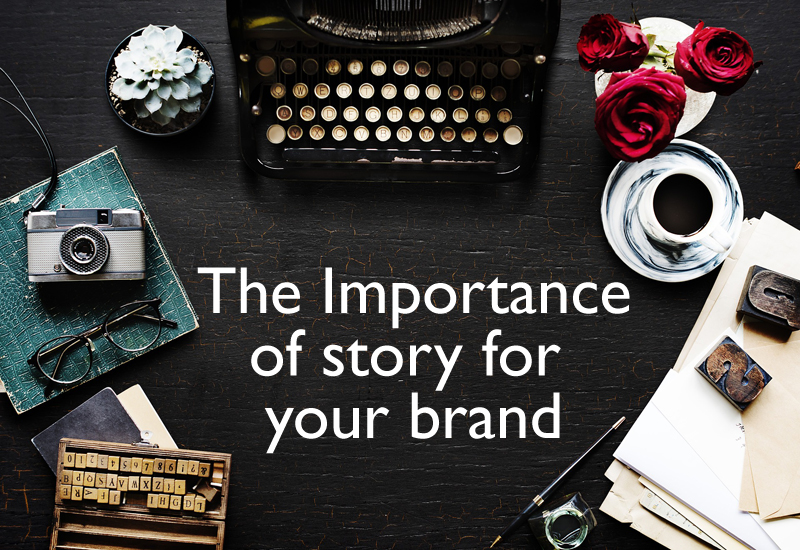It can seem quite daunting marketing a small business in retail or publishing, can’t it? With so many ways to market your products, where do you even start?
According to Kevin Kelly’s viral essay, ‘1,000 True Fans’, successful marketing does not need to be complicated. Simply start by making 1,000 people very, very happy.
You Don’t need Millions
For successful marketing, you don’t need millions of dollars, customers, clients or fans. To make a living as a creator you just need 1,000 true fans. These are people who will buy anything you produce. If you have roughly this number of super fans then you can have a decent income.
To do this you need two criteria. First, you need to create enough each year that you can earn, on average, £100 profit per true fan. For some endeavours, this is easier to do than for others. What makes this work well is that is easier (and cheaper) to sell to existing fans than to find new fans.
Secondly, you must have a direct relationship with your fans. If they pay you directly and you can keep the full £100 profit from each true fan then you will earn £100,000 per year. This would put you in the 97th percentile for annual UK income. To match the median annual UK income, you only need £29 profit per 1,000 true fans per year.
1,000 true fans is an achievable goal. More realistic than aiming for millions and the goal itself opens up distinct possibilities in a massive array of niches. One way to get to this number is to add one true fan per day for three years and you’re there.
A Day’s Wages
Of course the number 1,000 is not absolute. To be your own boss and match the UK median annual income, you could have 500 fans each generating you £58 profit a year. Achievable as a retailer. Alternatively, you could be a card publisher chasing £290 profit per customer with 100 true fan retailers each year to generate the same income.
Another way to measure the support of true fans is to see if you can please them enough to earn the value of one day’s labour from them. Pleasing your true fans is much more pleasurable than trying to appease the masses. Super fans tend to value and appreciate your uniqueness and authenticity.
Not every fan will be a super fan. For each true fan you may have 2-3 regular fans. Like layers of an onion, you will have an inner circle that is surrounded by further layers of fans and customers. The processes that you develop to please your true fans will nurture peripheral fans too. Even though they don’t purchase as often, they may still add another 50% in profits to your business.
From Small Acorns
Everything big starts small and focussed. Whilst the 1,000 true fans makes a key point of suggesting that size isn’t everything, this approach is also how you create best sellers that can lead to break out hits.
Being laser focussed helps to build the loyal fan bases that leverage your work onto bigger things. Starting the other way (with size in mind) means that you may compromise by trying to please everyone and ultimately pleasing nobody. Not only do your loyal fan base tell you what works, they are also pretty vocal about what doesn’t, which can be helpful for staying on track with your niche vision.
Remember that size isn’t everything. Do you really want to be running large company? It’s not always fun and can become an all consuming task master the runs your life instead of you running it. Small, niche and profitable can be more enjoyable for most.
Repeat custom
One of the key points to remember about successful marketing from the 1,000 true fans essay is that these fans buy anything you produce. There are three key ways to grow your sales and true fans help with all of them. First, is grow more fans (by referrals). Second, is sell more to those fans (by increasing price or volume). The third is to sell to them more often (by releasing more products).
Jeffrey Ingold is a Mariah Carey super fan who’s spent over £8,000 on her music in his life time. He even owns multiple versions of the same albums. He buys everything and he raves about her music to others.
Your Marketing Force
Focus on your true fans, because they will also tend to be the primary driving force of recommendations, referrals and marketing. Their enthusiasm tends to increase the patronage of regular fans.
To be really effective with your marketing you need to maintain close relationships with these true fans. Have a good CRM or database of who they are, what they like and how they like to buy. Having a direct relationship with true fans, wasn’t always possible. The internet and software systems make this all much easier and more efficient. It also means less fans are needed to maintain the same levels of profit.
Technology now also helps total sales of lower selling obscure items to rival sales of best sellers. Called ‘the long tail’ by Chris Anderson, this effect can really benefit your bottom line. For example, Blue Eyed Sun has hundreds of older designs on our website that continue to generate ongoing sales, despite newer ranges dominating orders from our sales agents who tend to favour new.
With the right website and emailing campaigns some customers can end up buying more from you directly, with higher average orders and more often than they do with agents or other marketing approaches.
Discoverable Niches
Before the internet, obscure items were much harder to track down. Remember Fly Fishing by JR Hartley? Now you don’t even need the Yellow Pages. Search engines help us to find almost anything. No matter where you are. Got something that only one in a million will like? No problem. There are still 7,500 people on the planet that will still like it.
You just need to have them find you. With social media and the internet it has never been easier to draw them to you and to keep them close. The good news is that big corporations aren’t interested in these niches and are not set up to service them. You can be.
One way to build your audience is through crowd funding. With over 2,000 different such platforms now available, raising money through crowd funding campaigns is within all of our grasp. A friend of mine does over a million a year in online training courses and he still test new projects with kickstarter campaigns to build his core fan base before launching.
Building your base
Cultivating your fan base can be time consuming and hard work. Like business building, it’s not for everyone. Some should just create and others should market and sell. That’s why publishers and retailers exist and work so well as routes to market for some designers and creatives. They can add value to the equation.
On social media, micro-influencers who have built small bases of 1,000+ true fans can be a great way off getting your business out there and growing your own fan base. It can also work well for the influencer by adding value to their loyal followers. We have done several successful BambooCup promotions with such influencers who have boosted our sales, given their fans a fun competition with prizes and increased goodwill with the influencer and their true fans. A win-win for all.
You can combine your 1,000 true fans with other approaches, like licensing and distribution deals. For example, Doodle Girl has a loyal fan base online and the brand benefits from our extensive greeting card distribution by licensing their designs with Blue Eyed Sun on cards. The right partnerships can increase the size of your fan base.
The ultimate goal is build this base into one of genuine and true appreciation. You don’t have to have millions of followers, just an achievable number of true fans that you delight with your work. That’s the secret to successful marketing.
How to get started with digital marketing







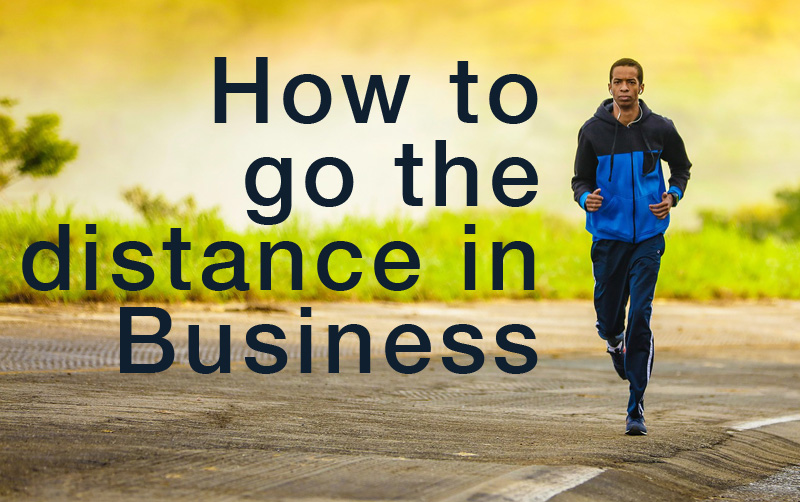

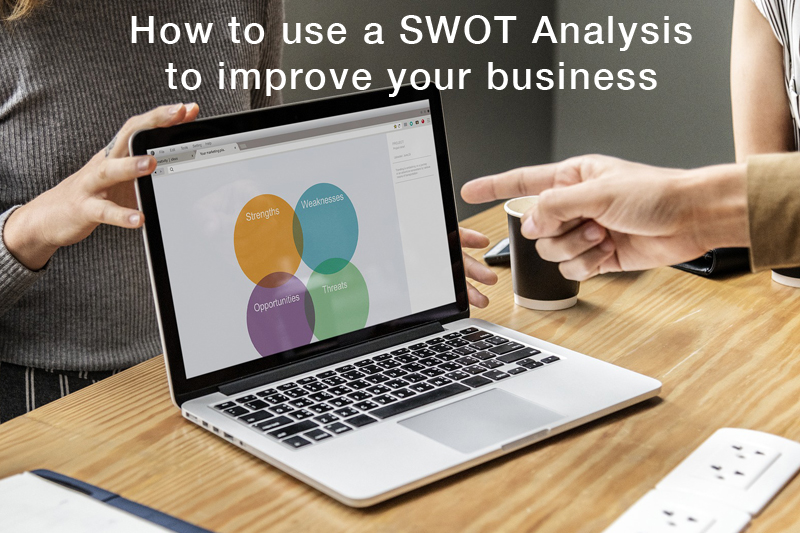
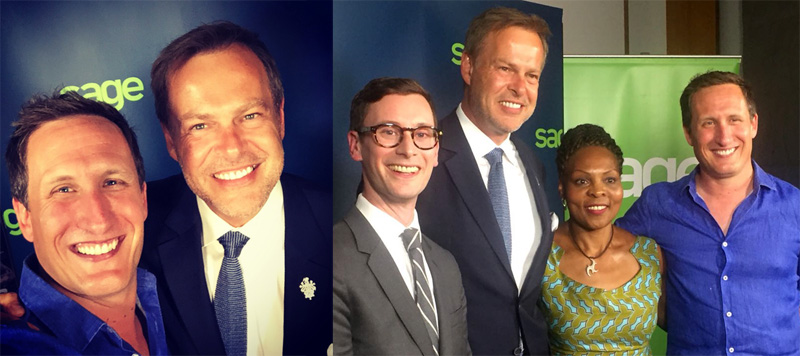

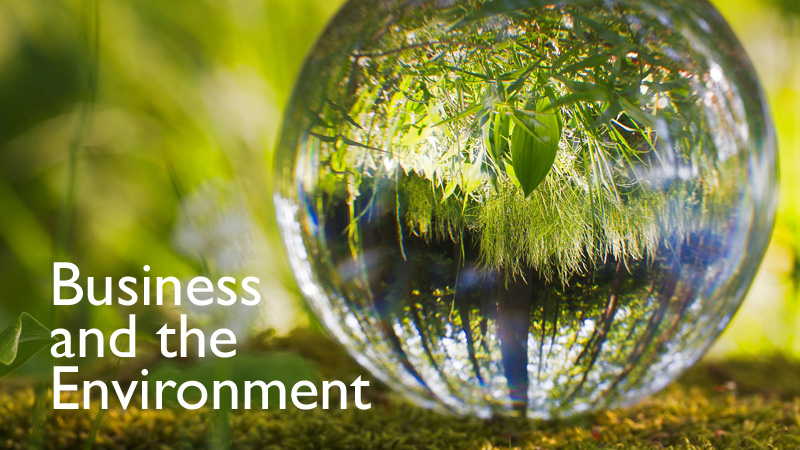
 Everybody loves hearing stories of successful businesses and entrepreneurs. Most business owners aspire to sail their own ships with the hope of financial gain. And yet, even the best laid plans so often go awry.
Everybody loves hearing stories of successful businesses and entrepreneurs. Most business owners aspire to sail their own ships with the hope of financial gain. And yet, even the best laid plans so often go awry.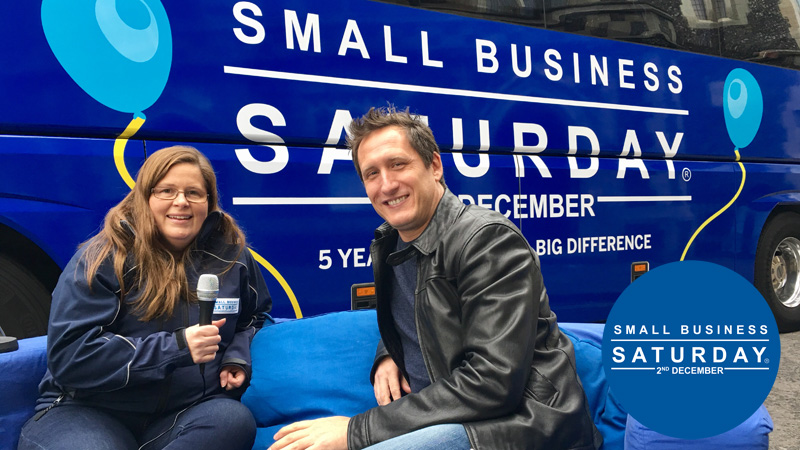 Blue Eyed Sun MD, Jeremy Corner, was recently invited for a
Blue Eyed Sun MD, Jeremy Corner, was recently invited for a 